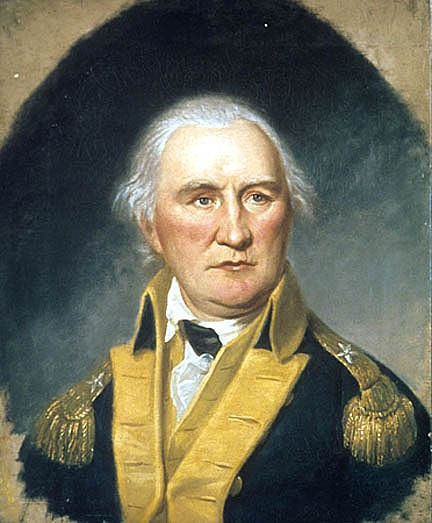On this date...
- katellashisadventure
- 6 days ago
- 3 min read

In 1774, Seven men, George Washington, Patrick Henry, Peyton Randolph, Edmund Pendleton, Richard Bland, Benjamin Harrison and Richard Henry Lee were elected as delegates from Virginia to the General Congress in Philadelphia, later known as the 1st Continental Congress.
In 1779 in Morrisania (South Bronx), New York, There is an engagement between Lieutenant Colonel James De Lancey's Loyalists and the Connecticut Brigade commanded by Lieutenant Colonel William Hull. The patriots destroy numerous buildings and food stores while also capturing several Loyalists, along with some horses and cattle.
In 1781, The Battle of Dogger Bank was a major battle between British and Dutch ships during the American Revolution.
In 1858, After several unsuccessful attempts, the first telegraph line across the Atlantic Ocean is completed, a feat accomplished largely through the efforts of American merchant Cyrus West Field.
In 1861, the first income tax was imposed on Americans when President Abraham Lincoln signed the Revenue Act. It levied a three percent tax on people making $800 per year ($29,000 in today's currency). The tax was repealed in 1871.
In 1864, During the Battle of Mobile Bay, Union Admiral David Farragut sealed off the port of Mobile, Alabama, from Confederate blockade runners.
In 1884, the cornerstone for the Statue of Liberty’s pedestal was laid on Bedloe’s Island in New York Harbor.
In 1914, In Cleveland, Ohio, the first electric traffic light was installed; it featured red and green lights.
In 1924, the “Little Orphan Annie” comic strip makes its debut in the funny pages of the New York Daily News. It is creation of cartoonist Harold Gray.
In 1926, In his last public stunt, American magician Harry Houdini stayed in an underwater airtight coffin for some 90 minutes; he bested rival magician Rahman Bey's time of one hour.
In 1936, Jesse Owens of the United States won the 200-meter dash at the Berlin Olympics, collecting the third of his four gold medals.
In 1957, the music and dance show “American Bandstand,” hosted by Dick Clark, made its national network debut, beginning a 30-year run on ABC-TV.
In 1963, The United States, the Soviet Union, and the United Kingdom signed the Nuclear Test-Ban Treaty in Moscow.
In 1964, U.S. President Lyndon B. Johnson put the Gulf of Tonkin Resolution before Congress; it served as the principal constitutional authorization for the subsequent vast escalation of the United States' military involvement in the Vietnam War.
In 1964, U.S. Navy pilot Everett Alvarez Jr. became the first American flier to be shot down and captured by North Vietnam; he was held prisoner until February 1973.
In 1969, The U.S. space probe Mariner 7 flew by Mars, sending back photographs and scientific data.
In 1974, the White House released transcripts of subpoenaed tape recordings showing that President Richard Nixon and his chief of staff, H.R. Haldeman, had discussed a plan in June 1972 to use the CIA to thwart the FBI’s Watergate investigation; revelation of the tape sparked Nixon’s resignation.
In 1975, President Gerald Ford came to Arlington House for an event which many believed was a century in the making. On the desk on which Lee may have used to write his resignation from the U.S. Army, Ford signed a bill to restore Lee to full rights of U.S. citizenship.
In 1981, U.S. President Ronald Reagan fired more than 11,000 air traffic controllers who were on strike.
In 2002, the rusty iron gun turret of the U.S.S. Monitor broke from the water and into the daylight for the first time in 140 years. The ironclad warship was raised from the floor of the Atlantic, where it had rested since it went down in a storm off Cape Hatteras, North Carolina, during the Civil War.
In 2010, The Senate confirmed Elena Kagan as the Supreme Court's 112th justice and the fourth woman in its history. The vote was 63-37.









Comentários